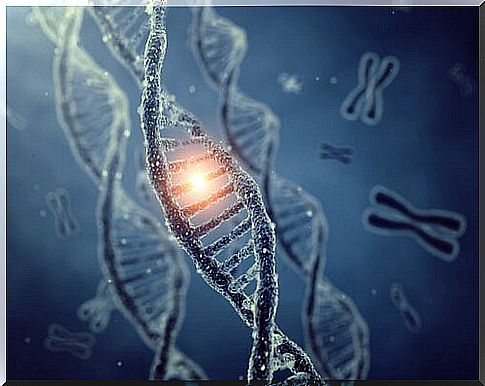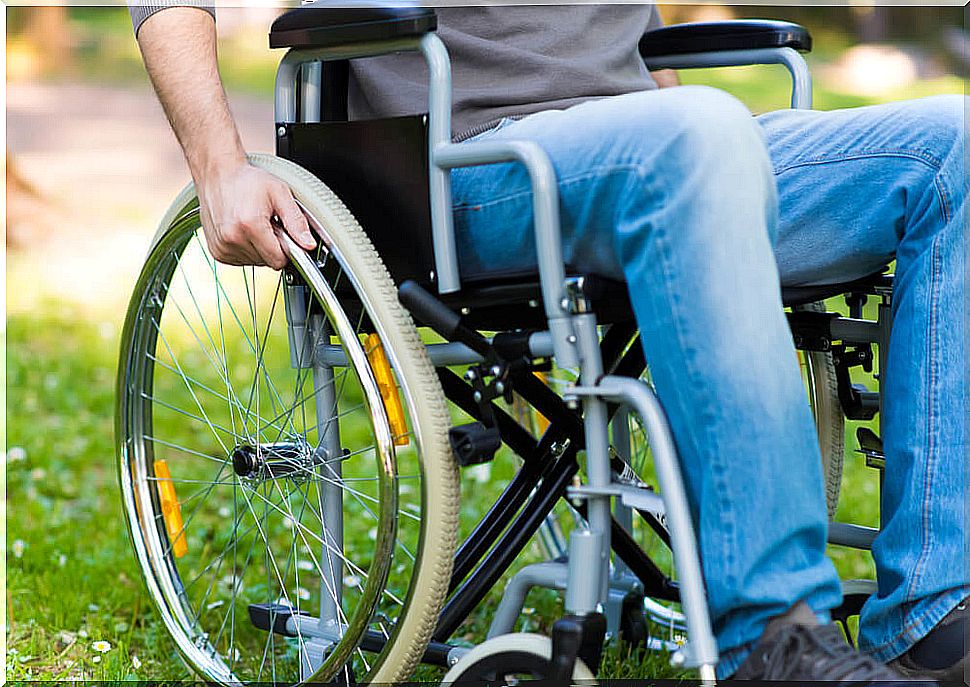Friedreich’s Ataxia: Everything You Need To Know
Friedreich’s ataxia is a rare recessive genetic disease that affects the obtaining of energy by cells, which triggers various symptoms, the most characteristic ataxia.

Friedreich’s ataxia is a congenital disease that affects several regions of the Central Nervous System (CNS). In this pathology the spinal cord and impulse transmission pathways atrophy, although there is also a loss of neurons in the spinal ganglia.
It is considered a rare and degenerative disease. In this article we talk a little about its symptoms, causes, diagnosis, treatment and prevention.
Symptoms of Friedreich’s ataxia

Its most characteristic symptom is ataxia, but we can find other alterations in the body:
- Ataxia. The patient becomes clumsy and loses control of coordination of movements. First, it affects a limb and slowly spreads to the trunk and the rest of the body.
- Frequent tremors
- Foot deformities. The most common is the cavus foot, where the foot has a curvature or arch on the sole of the foot. However, there are other disorders that affect the toes.
- Dysarthria The person is unable to speak properly because he cannot articulate sounds in a normal way. That is, slowly and slurred. In addition, it is usually related to swallowing problems.
- Loss of tendon reflexes. It mostly happens on the knees and ankles of the patient in question.
- Nystagmus These are involuntary movements of the patient’s eyes, which can present a great speed and a rhythm or pattern. Likewise, there are various degrees of severity and different treatments in this regard.
- Loss or decrease of sight and hearing.
- Scoliosis. People with this disease can develop a curvature of their spine to one side or extreme. In addition, it can cause problems related to breathing; in the most serious cases.
- Cardiovascular diseases. All of them present severe chest pain and palpitations. We can mention cardiomyopathy, blockages and tachycardia.
- Mellitus diabetes. Some patients with this subtype of ataxia developed this alteration.
Causes of Friedreich’s ataxia

This subtype of ataxia is hereditary, passed down from generation to generation. It is known to be recessive in nature, that is, both parents must be carriers of this mutation for their child to become ill.
According to several studies, there is an alteration in a gene on chromosome 9. Thus, the sequence (GAA) that could affect the production of frataxin is abnormally repeated.
Due to this fact, cells cannot generate the energy necessary to maintain our body. For this reason, malformations occur at the neurological level. Despite having discovered this information, the factors or the specific origin of this disease are still unclear.
Diagnosis of Friedreich’s ataxia
We can find different medical tests in order to identify this disease:
- Electromyogram (EMG). Measures the activity of muscle cells.
- Nerve conduction studies. The transmission of nerve impulses is studied.
- Electrocardiogram (ECG). Study the patient’s heartbeat.
- Echocardiogram. The position and movements of the heart are studied.
- Imaging Magnetic Resonance Imaging (MRI) of the brain and spinal cord.
- Computed Tomography (CT). An image of the brain and spinal cord is obtained.
- Lumbar puncture. The individual’s cerebrospinal fluid is obtained and examined.
- Genetic study in order to detect the gene that causes this disease.
Friedreich’s ataxia treatment

As of yet, there is no cure for this ailment. However, we can use other treatments to improve the quality of life of the patient. For example, we include the use of medications, physical therapy, and the use of braces.
Even so, most patients require a wheelchair 15 to 20 years after the onset of the disease. Additionally, orthopedic surgeries can be performed to alleviate ailments (such as malformations of the toes).
Friedreich’s ataxia prevention
Unfortunately, there is no effective form of prevention as of yet. On the other hand, as it is a genetic disease, we can carry out a genotype study to determine the risk if we want to have children and we are carriers of the disease.









